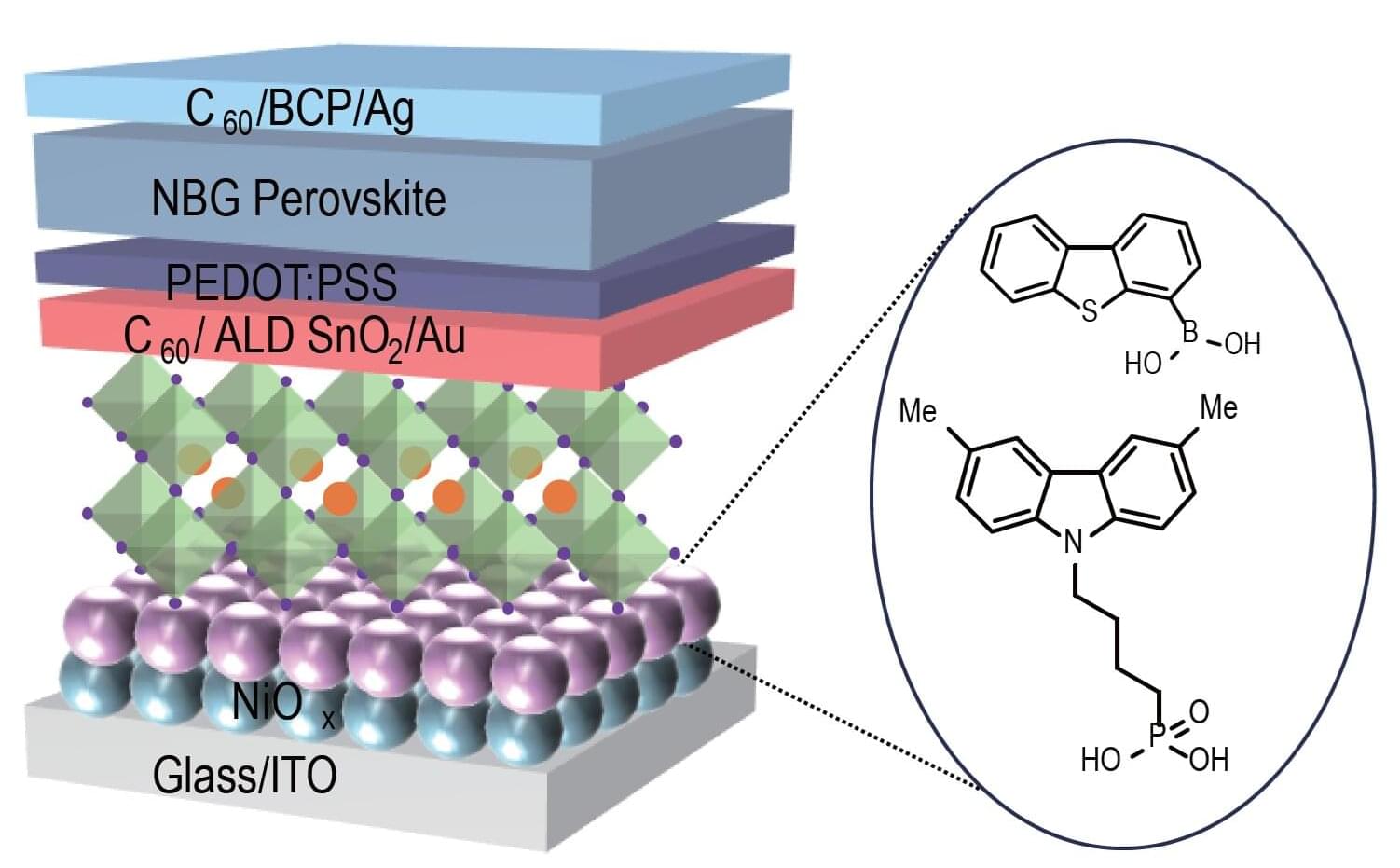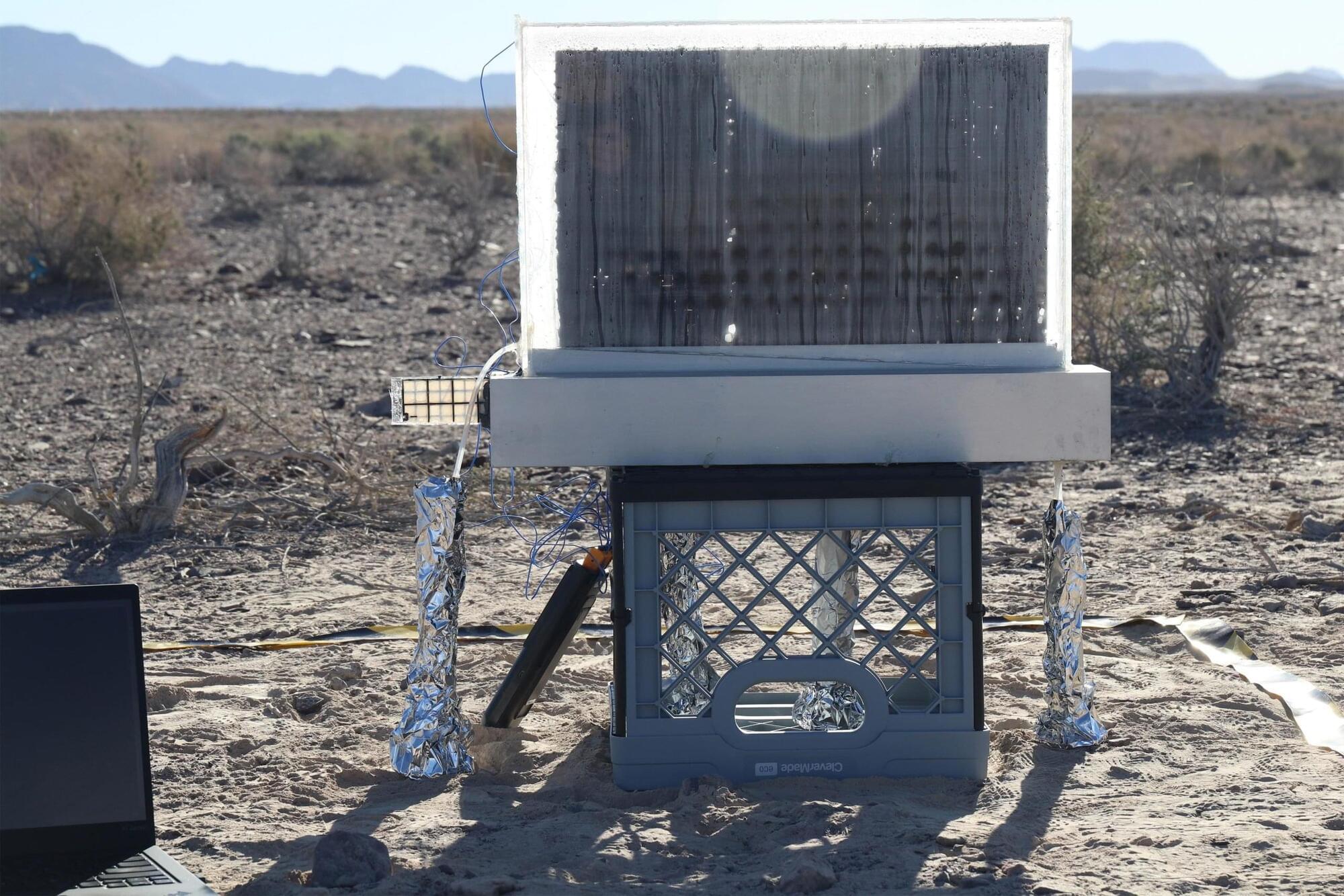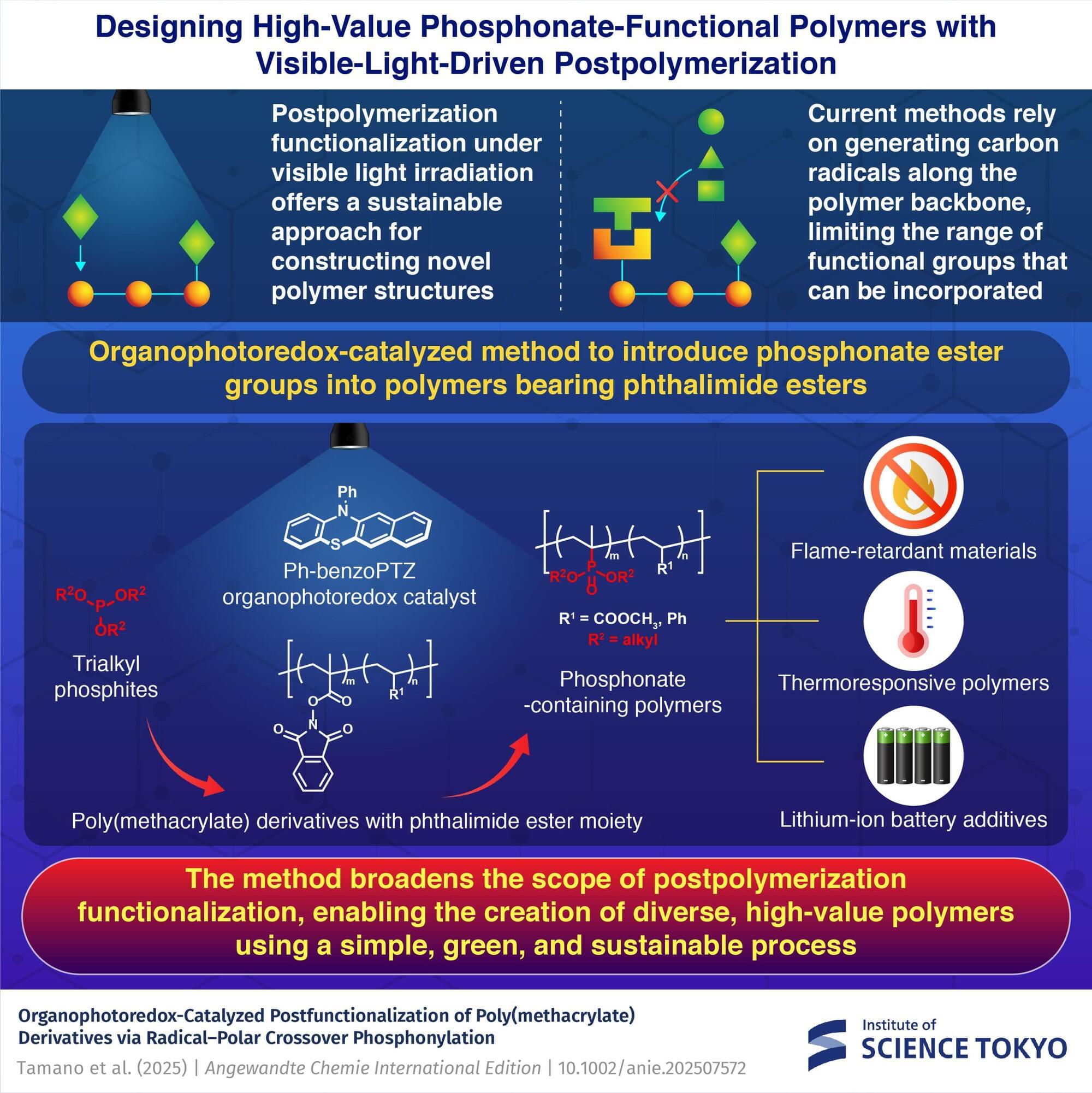Discover the Future of Sustainable Energy: Harnessing Kinetic solutions for a Brighter World. Explore Energy Floors’ Innovative Kinetic Tiles Today!





An international scientific collaboration has developed a novel nanomaterial to efficiently harvest clean drinking water from water vapor in the air. The nanomaterial can hold more than three times its weight in water and can achieve this far quicker than existing commercial technologies, features that enable its potential in direct applications for producing potable water from the air.
The collaboration is led by the Australian Research Council Center of Excellence for Carbon Science and Innovation (ARC COE-CSI) UNSW Associate Professor Rakesh Joshi and Nobel Laureate Professor Sir Kostya Novoselov. Prof Joshi is based at the School of Materials Science and Engineering, University of New South Wales (UNSW). Prof Novoselov is based at the National University of Singapore.
A United Nations report estimates that 2.2 billion people lack safely managed drinking water.
Space colonization isn’t about abandoning Earth—it’s about transforming it. Discover how expanding into space can drive innovation, sustainability, and prosperity right here on the ground.
Watch my exclusive video Fishbowl Starships — Water As Shielding — https://nebula.tv/videos/isaacarthur-fishbowl-starships-water-as-shielding.
Get Nebula using my link for 40% off an annual subscription: https://go.nebula.tv/isaacarthur.
Get a Lifetime Membership to Nebula for only $300: https://go.nebula.tv/lifetime?ref=isaacarthur.
Use the link https://gift.nebula.tv/isaacarthur to give a year of Nebula to a friend for just $36.
Visit our Website: http://www.isaacarthur.net.
Join Nebula: https://go.nebula.tv/isaacarthur.
Support us on Patreon: https://www.patreon.com/IsaacArthur.
Support us on Subscribestar: https://www.subscribestar.com/isaac-arthur.
Facebook Group: https://www.facebook.com/groups/1583992725237264/
Reddit: https://www.reddit.com/r/IsaacArthur/
Twitter: https://twitter.com/Isaac_A_Arthur on Twitter and RT our future content.
SFIA Discord Server: https://discord.gg/53GAShE
Credits:
How Colonizing Space Benefits Earth: The Ground-Level Gains of a Galactic Future.
Episode 726.1; June 22, 2025
Written, Produced & Narrated by: Isaac Arthur.
Graphics: Bryan Versteeg, Jeremy Jozwik, Sergio Botero.
Select imagery/video supplied by Getty Images.
Music Courtesy of Epidemic Sound http://epidemicsound.com/creator.
0:00 Intro — What Space Isn’t.
3:59 The Limits of Exploration.
6:58 Real Reasons Space Helps Earth.
15:50 The Earthly Feedback Loop.
20:58 A Better Earth, Among the Stars.

Today, 2.2 billion people around the world do not have access to safe drinking water. In the United States, over 46 million people face water insecurity, living without running water or relying on supplies that are unsafe to drink. As demand for clean water grows, traditional sources like rivers, lakes, and reservoirs are being pushed to their limits.
To help address this challenge, MIT engineers are exploring an alternative source: the air. Earth’s atmosphere holds trillions of gallons of water in the form of vapor. If this vapor can be captured and condensed efficiently, it could provide clean drinking water in areas where traditional supplies are unavailable.
Working toward that goal, the MIT team has developed and tested a new atmospheric water harvester that successfully captures vapor and produces safe drinking water across a range of humidity levels, including extremely dry desert air.

Researchers at Boise State University have developed a novel, environmentally friendly triboelectric nanogenerator (TENG) that is fully printed and capable of harvesting biomechanical and environmental energy while also functioning as a real-time motion sensor. The innovation leverages a composite of Poly (vinyl butyral-co-vinyl alcohol-co-vinyl acetate) (PVBVA) and MXene (Ti3C2Tx) nanosheets, offering a sustainable alternative to conventional TENGs that often rely on fluorinated polymers and complex fabrication.

As demand for advanced polymeric materials increases, post-functionalization has emerged as an effective strategy for designing functional polymers. This approach involves modifying existing polymer chains by introducing new chemical groups after their synthesis, allowing for the transformation of readily available polymers into materials with desirable properties.
Postfunctionalization can be performed under mild conditions using visible light in the presence of catalysts, which provides a sustainable route for developing high-value polymers. However, existing methods often rely on generating carbon radicals along the polymer chain, limiting the variety of functional groups that can be introduced.
In a significant advancement, a team led by Professor Shinsuke Inagi from the Department of Chemical Science and Engineering, School of Materials and Chemical Technology at Institute of Science Tokyo (Science Tokyo), Japan, has developed a postfunctionalization technique that allows for the incorporation of phosphonate esters under visible light conditions. This breakthrough paves the way for a broader range of polymer modifications.

How do you intuitively know that you can walk on a footpath and swim in a lake? Researchers from the University of Amsterdam have discovered unique brain activations that reflect how we can move our bodies through an environment.
Published in Proceedings of the National Academy of Sciences, the study not only sheds new light on how the human brain works, but also shows where artificial intelligence is lagging behind. According to the researchers, AI could become more sustainable and human-friendly if it incorporated this knowledge about the human brain.
When we see a picture of an unfamiliar environment—a mountain path, a busy street, or a river—we immediately know how we could move around in it: walk, cycle, swim or not go any further. That sounds simple, but how does your brain actually determine these action opportunities?

Harnessing just 2% of the energy potential from tidal and offshore solar sources could make a significant dent in global CO2 emissions, new research has found.
Researchers at the Universities of Strathclyde and Maine examined more than 660 assessments of offshore renewable energy (ORE) potential in more than 3,000 locations worldwide. They found that tidal and solar consistently had more energy to offer than other sources such as wind and wave, but were the subject of far less research, and consequently, remained largely untapped.
Offshore solar energy, in particular, was found to be more reliable and less variable than other sources, making it ideal for energy mixes. Despite their lower theoretical potential, wind and wave energy accounted for three-quarters of the assessments examined by the researchers.